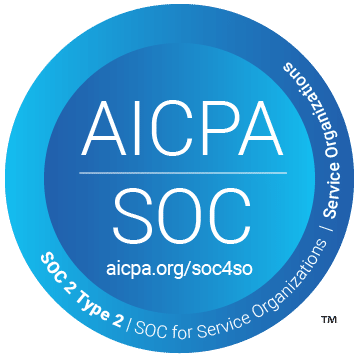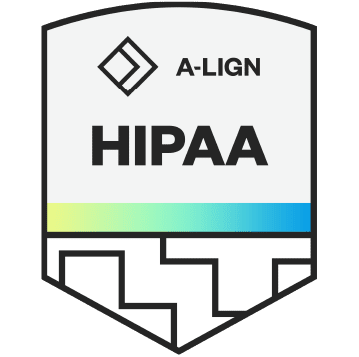The healthcare compliance landscape is one of perpetual evolution, shaped by the ever-changing regulatory environment and enforcement practices. At the core of ensuring compliance within federal healthcare programs lies the pivotal role of the Department of Health and Human Services (HHS) Office of Inspector General (OIG). The OIG wields a variety of enforcement tools, including exclusions from federal healthcare programs and the implementation of Corporate Integrity Agreements (CIAs). However, recent developments have unveiled a growing trend among some healthcare providers, particularly larger, established entities, to challenge the status quo by opting out of CIAs. This blog post delves into these developments and their potential implications for the healthcare sector.
Understanding Exclusions and CIA’s
Before exploring these emerging trends, it’s crucial to understand the framework within which the OIG operates. The OIG is obliged to impose mandatory exclusions on parties found in violation of certain federal laws, a legal requirement aimed at maintaining the integrity of federal healthcare programs. These exclusions prevent offending parties from participating in any federal or state healthcare programs, including major ones like Medicare, Medicaid, and TICARE.
In contrast, permissive exclusions grant the OIG discretionary power to exclude parties for reasons beyond statutory violations. One common ground for permissive exclusion arises from settlements under the False Claims Act (FCA), even in the absence of a formal determination of wrongdoing. During such settlements, the OIG often offers defendants the opportunity to enter into a Corporate Integrity Agreement (CIA). These agreements are stringent and require entities to enforce comprehensive compliance programs designed to prevent future misconduct.
The Value of CIA’s
For most settling defendants, accepting a CIA is a pragmatic decision. CIAs are labor-intensive, demanding substantial financial and human resources to implement and monitor compliance. However, they serve as a means to avert the severe repercussions of exclusion, including reputational damage and heightened scrutiny. By entering into a CIA, entities demonstrate their commitment to integrity and compliance, signaling responsibility and cooperation with the OIG’s objectives.
Nevertheless, the narrative is gradually shifting. Some healthcare providers, notably large and established entities, are beginning to assess the cost-benefit ratio of CIAs differently. They are willing to confront the risks of heightened scrutiny rather than acquiesce to the demands of a CIA. This recent trend prompts a reevaluation of why some entities may choose this path and how this could reshape the regulatory landscape.
Recent Developments and the Shift in Strategy
One significant case illustrating this development is the University of Colorado Health (UCHealth). In 2024, UCHealth settled a False Claims Act case involving a $23 million payout, without admitting wrongdoing. Surprisingly, UCHealth declined to enter into a CIA, prompting the OIG to place it on the “Heightened Scrutiny” list—a public designation that may carry reputational repercussions. This refusal to accept a CIA highlights a strategic decision to prioritize autonomy and possibly suggests confidence in their existing compliance framework.
This trend is not isolated. The recent elevation of other large providers to the OIG’s Heightened Scrutiny list further supports the notion that some entities are recalibrating their approach to compliance negotiations. By choosing not to enter into CIAs, these providers are effectively willing to endure the spotlight of heightened scrutiny, which includes audits, claims reviews, and unilateral monitoring, among other oversight mechanisms.
Implications for the Healthcare Sector
The willingness of prominent healthcare providers to challenge traditional compliance pathways could have several implications for the industry. For the OIG, this trend may prompt a reexamination of the balance between encouraging cooperation through CIAs and wielding exclusion as a deterrence tool. It might also influence how the agency structures future CIAs to better align with the capabilities and concerns of larger entities.
For other providers, this shift signifies an opportunity to observe and assess the outcomes of these decisions. If entities like UCHealth navigate heightened scrutiny without severe repercussions, it could embolden more providers to consider similar paths. Conversely, if heightened scrutiny leads to significant operational disruptions or reputational harm, it may reinforce the value of CIAs as the preferred choice for mitigating risk.
Conclusion
The landscape of healthcare compliance is undergoing a subtle yet noteworthy transformation. The growing willingness of some large healthcare providers to forgo CIA’s marks a departure from conventional compliance strategies and challenges the prevailing dynamics between healthcare entities and the OIG. As this development unfolds, stakeholders across the sector should remain vigilant, observing how these decisions impact compliance practices, regulatory expectations, and the broader pursuit of integrity within federal healthcare programs.










































